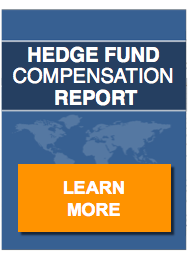The last two years have been “transformative” for the hedge fund industry, and a reminder than managing money isn’t all there is to starting and managing a successful hedge fund. That’s the word according to Merlin Securities in New York, which provides advanced reporting, analytics, trading, and operational services to hedge funds and managed account platforms.
Merlin looked at the significant number of hedge fund closures over the past two years and decided to examine the business of running a hedge fund, and published a new white paper on the subject.
Those who understand the distinction between managing money and running a business, and do both effectively are best positioned to ride out financial storms like the one we’ve just gone through. And better able to generate “enterprise alpha” as well as investment alpha.
Their paper takes a close look at the hedge fund business model. It’s based on observations and interviews with numerous hedge fund managers, investors and other industry experts.
While there is no one-size-fits-all approach to managing a hedge fund, there are several consistent elements and best practices found among the better-managed funds with greater staying power.
Investment performance and assets under management (AUM) are important, of course. But so are two other most important factors: 1) a hedge fund’s basic business model and 2) its fees and its fixed expenses. To illustrate this, their white paper includes a diagram that highlights the basic revenue and expense scenarios that describe three types of hedge fund operating models.
So-called “green zone” firms keep their fixed expenses lower than their management fee revenues. These firms have a margin of safety built into their business model which can withstand difficult market environments (such as a drop in the market that erases performance fees). Yellow zone funds are on the borderline; they spend more than their management fees but have realistic performance fee expectations. Nevertheless, they still require some degree of performance revenue to stay profitable. Funds in the red zone, as you might expect, have a business model that forces them to take drastic, unplanned measures when the market turns sour.
It’s worth taking a look at the Merlin white paper for a closer look at hedge fund revenue inputs, expenses and business model considerations. They also discuss the importance of identifying a fund’s breakeven point and isolate several practices that have helped funds operate in, or closer to, the desired “green zone.”


